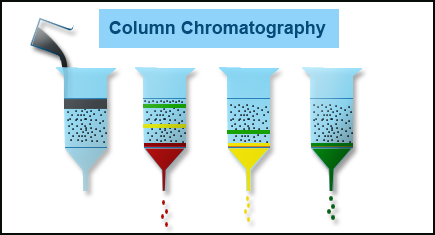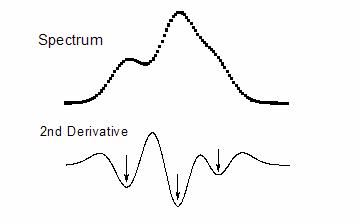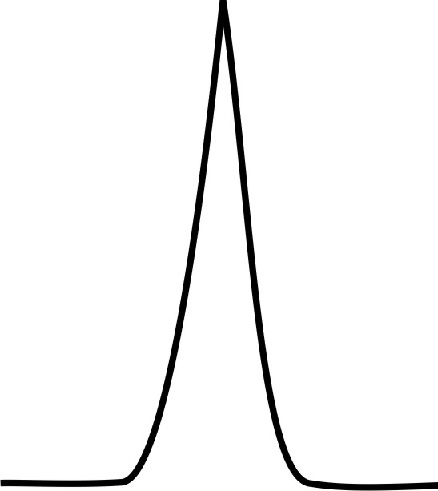How Derivatisation is useful in GC analysis?
Derivatisation has been used in the analysis by Gas Chromatography in some situations to modify properties of analyte molecules to give desirable response for:
- Improvement of volatility so that thermally unstable compounds do not decompose at higher temperatures
- Improvement of detector response
- Improvement of peak shape
- Resolution of closely spaced peaks by derivatising one component
It is important for the derivatisation agent to have certain desirable characteristics to qualify for a particular application :
- Derivatisation should be complete (at least over 95%)
- There should be no loss of analyte
- Derivative should remain stable for detection by GC
Commonly used derivatisation reactions are:
Alkylation
Alkylation replaces an active hydrogen by an aliphatic or aromatic group through esterification
RCOOH + Ф\(CH_2X\) —-> \(RCOOCH_2\)Ф + HX
Esters produce a better chromatographic response than free acids.
Commonly used reagents are Dimethylformamide(DMF), Diazomethane, Pentafluorobenzyl bromide, Benzyl bromide and Tetrabutylammonium hydroxide
Acylation
Compounds containing active hydrogen such -OH, -NH and- SH can be converted into esters, amides and thioesters respectively :
- Acylation is used for production of volatile derivatives of highly polar molecules
- Improves stability of thermally labile compounds
- Improves detection at very low levels using electron capture detector
Common derivatization reagents for acylation are Pentafluoropropionic anhydride (PFPA), Heptafluorobutyric nhydride (HFBA), Trifluoroacetylimidazole (TFAI) and N-methyl-bis(trifluoroacetamide) (MBTFA)
Silylation
Most common derivatisation reactions in Gas Chromatography analysis as it is suitable for nonvolatile samples. Active hydrogen is substituted by a silyl group :
R-OH + \(( CH_3)_3X\) —> R-O-Si\((CH_3)_3\) + HX
Functional group reactivity for silylation
Alcohols>Phenols> Carboxyl> Amines> Amides
For alcohols the order is primary > secondary > tertiary
Silylation reagents commonly used are Hexamethyldisilazane(HMDS),Trimethylchlorosilane (TMCS), Bis trimethylsilylacetamide (BSA), Bis trimethyltrifluoroacetamide (BSTFA)
Chiral Derivatisation
Chiral derivatisation involves reaction of an enantiomeric molecule with a chiral derivatisation agent to produce diastereomeric derivatives which can be separated by Gas Chromatography. Separation can take place on an optically active stationary phase or by preparation of diastereomeric derivatives that can be separated on a non-chiral stationary phase.
Commonly used derivatisation agents are :
N-trifluoroacetyl-L-propyl chloride(TPC), α-Methyl-α-trifluoromethylphenylacetic acid (MTPA)
In this article you have been introduced to some of the derivatisation reactions and the benefits of derivatisation in Gas Chromatography analysis. Please share your views and offer comments based on your personal experiences.






Responses